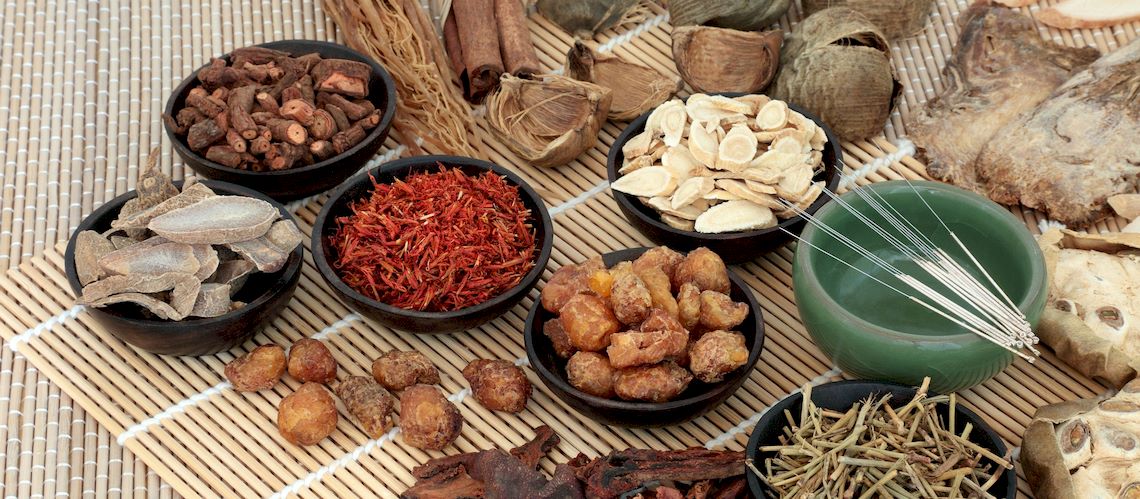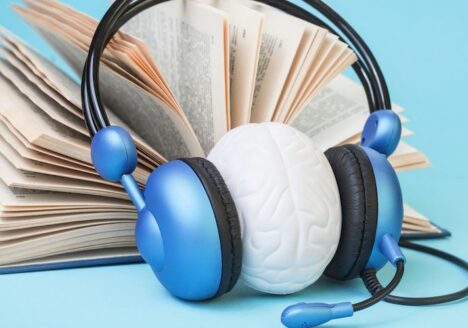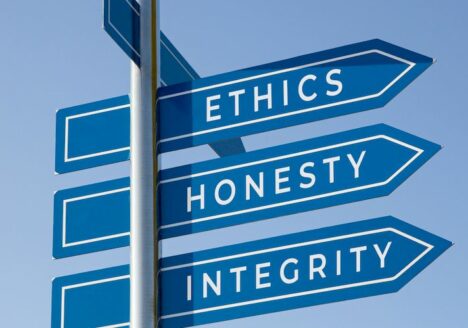Traditional Chinese Medicine (TCM), with its 2,500-year history, offers a holistic approach to health and well-being. Rooted in principles such as the balance of Qi (vital energy), yin and yang, and the five elements, TCM aligns closely with the CORE Compass Framework. This framework emphasizes balanced development across four key dimensions: Operational and Physical Vitality, Curiosity and Cognitive Growth, Resilience and Emotional Equilibrium, and Fulfillment and Inner Peace. TCM’s practices—including acupuncture, herbal medicine, and qigong—provide practical tools to promote balance and harmony, addressing physical, mental, and emotional well-being.
Foundations of TCM
At the core of TCM is the belief that health depends on the free and balanced flow of Qi along the body’s meridians. Blockages or imbalances in Qi disrupt harmony, leading to illness (Kaptchuk, 2000). The concepts of yin and yang emphasize dynamic balance, while the five elements theory links different physiological systems and environmental factors, providing a comprehensive framework for diagnosis and treatment.
Application in the CORE Compass Framework
- Operational and Physical Vitality TCM excels in restoring physical energy and vitality. Acupuncture has been shown to enhance immune function, reduce pain, and improve circulation by stimulating the body’s natural healing processes (Xu et al., 2018). Herbal remedies address internal imbalances, providing targeted solutions for chronic fatigue, inflammation, and recovery from illness (Xu et al., 2022). These therapies support long-term physical health, aligning with the CORE Compass’s focus on sustained vitality.
- Curiosity and Cognitive Growth Engaging with TCM principles fosters intellectual curiosity and deeper understanding of holistic health systems. The diagnostic process in TCM—observation, inquiry, listening, and palpation—provides a unique lens to study the interconnectedness of the body and mind (Jiang et al., 2012). Practices like qigong have been associated with improved mental clarity and focus, as they integrate mindful movement, breath control, and meditation (Kaptchuk, 2000).
- Resilience and Emotional Equilibrium TCM provides tools for managing emotional well-being, reducing stress, and promoting resilience. Acupuncture has been demonstrated to alleviate symptoms of anxiety and depression by regulating Qi and harmonizing internal imbalances (Xu et al., 2018). Similarly, the use of syndrome differentiation ensures personalized treatments tailored to specific emotional and physical needs (Jiang et al., 2012).
- Fulfillment and Inner Peace Spiritual health is integral to both TCM and the CORE Compass Framework. Practices like qigong nurture mindfulness and spiritual alignment by harmonizing the body, mind, and environment. These practices promote inner peace, fulfilling the CORE Compass goal of cultivating deeper self-awareness and connection (Xu et al., 2022).
Benefits within the CORE Compass Framework
The benefits of integrating TCM into the CORE Compass dimensions include:
- Physical Vitality: Enhanced energy, improved immune system function, and reduced chronic pain (Xu et al., 2018).
- Cognitive Growth: Increased mental clarity and focus through practices like qigong (Kaptchuk, 2000).
- Emotional Balance: Reduction in stress, anxiety, and depressive symptoms, achieved by harmonizing Qi and yin-yang dynamics (Xu et al., 2018).
- Spiritual Fulfillment: Greater mindfulness and alignment through meditative practices such as qigong (Xu et al., 2022).
How to Integrate TCM into the CORE Compass Framework
- Education Learn the foundational principles of TCM, including Qi, yin and yang, and the diagnostic methods. Resources such as The Web That Has No Weaver (Kaptchuk, 2000) provide a detailed introduction to these concepts.
- Implementation
- Acupuncture: Seek a licensed practitioner for treatments that address specific physical and emotional concerns.
- Herbal Medicine: Use herbal remedies under the guidance of a qualified TCM professional to ensure safety and effectiveness.
- Qigong: Incorporate qigong practice into daily routines to enhance mindfulness and overall well-being.
- Monitoring Regularly assess physical and emotional changes to evaluate the effectiveness of TCM practices. Collaborate with practitioners to adjust treatments as needed.
Conclusion
Traditional Chinese Medicine offers a robust, holistic approach to health and well-being that complements the CORE Compass Framework. By addressing the dimensions of physical vitality, cognitive growth, emotional balance, and spiritual fulfillment, TCM provides practical tools for achieving balance and harmony. With its personalized and integrative practices, TCM enables individuals to cultivate resilience, vitality, and peace, enhancing their journey toward holistic well-being.
References
Guo, X., Chen, X., Chen, J., Tan, Z., Yang, Y., & Zhang, H. (2022). Current status and evaluation of randomized clinical trials of traditional chinese medicine in the treatment of cardiovascular diseases. Evidence-Based Complementary and Alternative Medicine, 2022, 1-13. https://doi.org
Jiang, M., Lü, C., Zhang, C., Yang, J., Tan, Y., Lü, A., … & Chan, K. (2012). Syndrome differentiation in modern research of traditional chinese medicine. Journal of Ethnopharmacology, 140(3), 634-642. https://doi.org
Kaptchuk, T. J. (2000). The Web That Has No Weaver: Understanding Chinese Medicine. McGraw-Hill Education.
Tian, Z., Wang, D., Sun, X., Fan, Y., Guan, Y., Zhang, N., … & Wang, H. (2023). Current status and trends of artificial intelligence research on the four traditional chinese medicine diagnostic methods: a scientometric study. Annals of Translational Medicine, 11(3), 145-145. https://doi.org
Xu, H., Zhang, Y., Liu, Z., Chen, T., Lv, C., Tang, S., … & Huang, L. (2018). Etcm: an encyclopaedia of traditional chinese medicine. Nucleic Acids Research, 47(D1), D976-D982. https://doi.org
Xu, R., Mu, T., Liu, Y., Ye, Y., & Xu, C. (2022). Trends in the disparities and equity of the distribution of traditional chinese medicine health resources in china from 2010 to 2020. Plos One, 17(10), e0275712. https://doi.org




